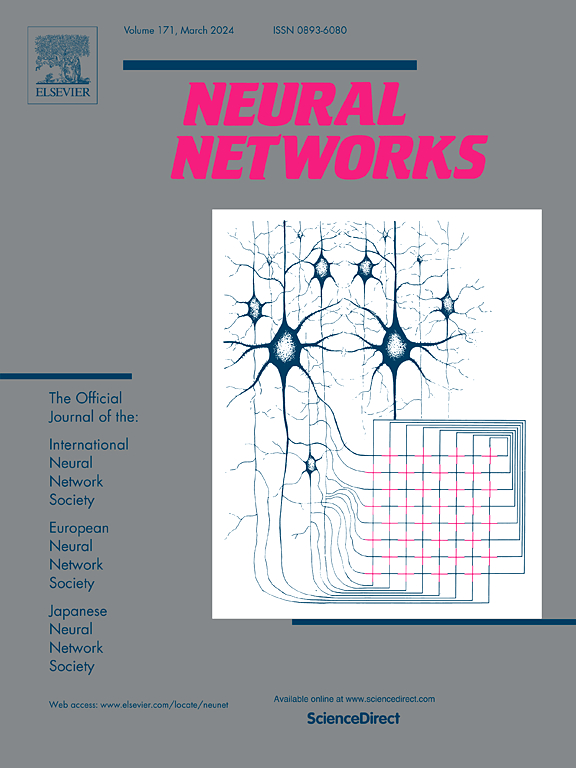Restarted multiple kernel algorithms with self-guiding for large-scale multi-view clustering
IF 6
1区 计算机科学
Q1 COMPUTER SCIENCE, ARTIFICIAL INTELLIGENCE
引用次数: 0
Abstract
Multi-view clustering is a powerful approach for discovering underlying structures hidden behind diverse views of datasets. Most existing multi-view spectral clustering methods use fixed similarity matrices or alternately updated ones. However, the former often fall short in adaptively capturing relationships among different views, while the latter are often time-consuming and even impractical for large-scale datasets. To the best of our knowledge, there are no multi-view spectral clustering methods can both construct multi-view similarity matrices inexpensively and preserve the valuable clustering insights from previous cycles at the same time. To fill in this gap, we present a Sum-Ratio Multi-view Ncut model that share a common representation embedding for multi-view data. Based on this model, we propose a restarted multi-view multiple kernel clustering framework with self-guiding. To release the overhead, we use similarity matrices with strict block diagonal representation, and present an efficient multiple kernel selection technique. Comprehensive experiments on benchmark multi-view datasets demonstrate that, even using randomly generated initial guesses, the restarted algorithms can improve the clustering performances by 5–10 times for some popular multi-view clustering methods. Specifically, our framework offers a potential boosting effect for most of the state-of-the-art multi-view clustering algorithms at very little cost, especially for those with poor performances.
大规模多视图聚类的自引导重启多核算法
多视图聚类是一种强大的方法,用于发现隐藏在不同数据集视图背后的底层结构。现有的多视点光谱聚类方法大多采用固定相似矩阵或交替更新相似矩阵。然而,前者在自适应捕获不同视图之间的关系方面往往不足,而后者通常耗时,甚至对于大规模数据集不切实际。据我们所知,目前还没有一种多视点光谱聚类方法能够既低成本地构建多视点相似矩阵,又能同时保留以前周期中有价值的聚类信息。为了填补这一空白,我们提出了一个和比多视图Ncut模型,该模型共享多视图数据的公共表示嵌入。在此基础上,提出了一种重新启动的自引导多视图多核聚类框架。为了减少开销,我们使用严格块对角表示的相似矩阵,并提出了一种高效的多核选择技术。在基准多视图数据集上的综合实验表明,即使使用随机生成的初始猜测,重新启动算法也可以将一些流行的多视图聚类方法的聚类性能提高5-10倍。具体来说,我们的框架以非常低的成本为大多数最先进的多视图聚类算法提供了潜在的提升效果,特别是对于那些性能较差的算法。
本文章由计算机程序翻译,如有差异,请以英文原文为准。
求助全文
约1分钟内获得全文
求助全文
来源期刊

Neural Networks
工程技术-计算机:人工智能
CiteScore
13.90
自引率
7.70%
发文量
425
审稿时长
67 days
期刊介绍:
Neural Networks is a platform that aims to foster an international community of scholars and practitioners interested in neural networks, deep learning, and other approaches to artificial intelligence and machine learning. Our journal invites submissions covering various aspects of neural networks research, from computational neuroscience and cognitive modeling to mathematical analyses and engineering applications. By providing a forum for interdisciplinary discussions between biology and technology, we aim to encourage the development of biologically-inspired artificial intelligence.
 求助内容:
求助内容: 应助结果提醒方式:
应助结果提醒方式:


